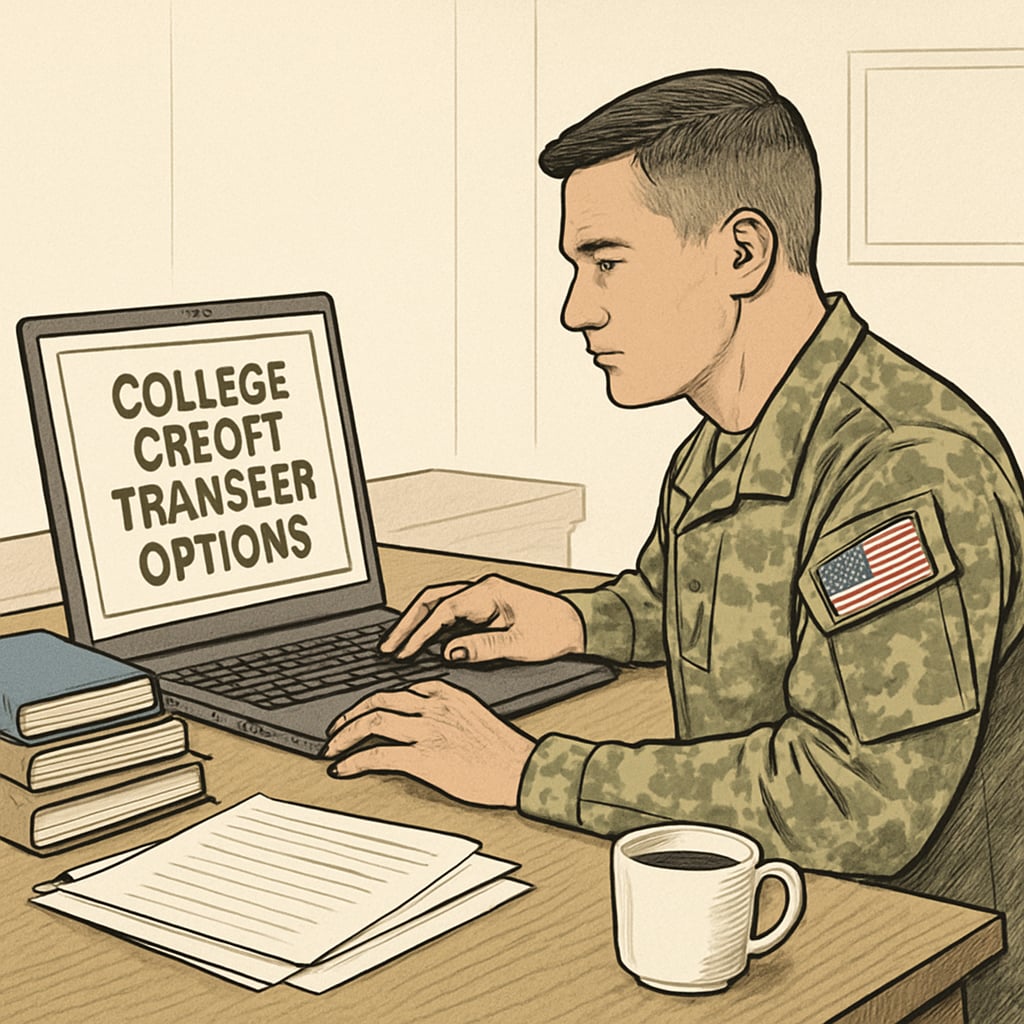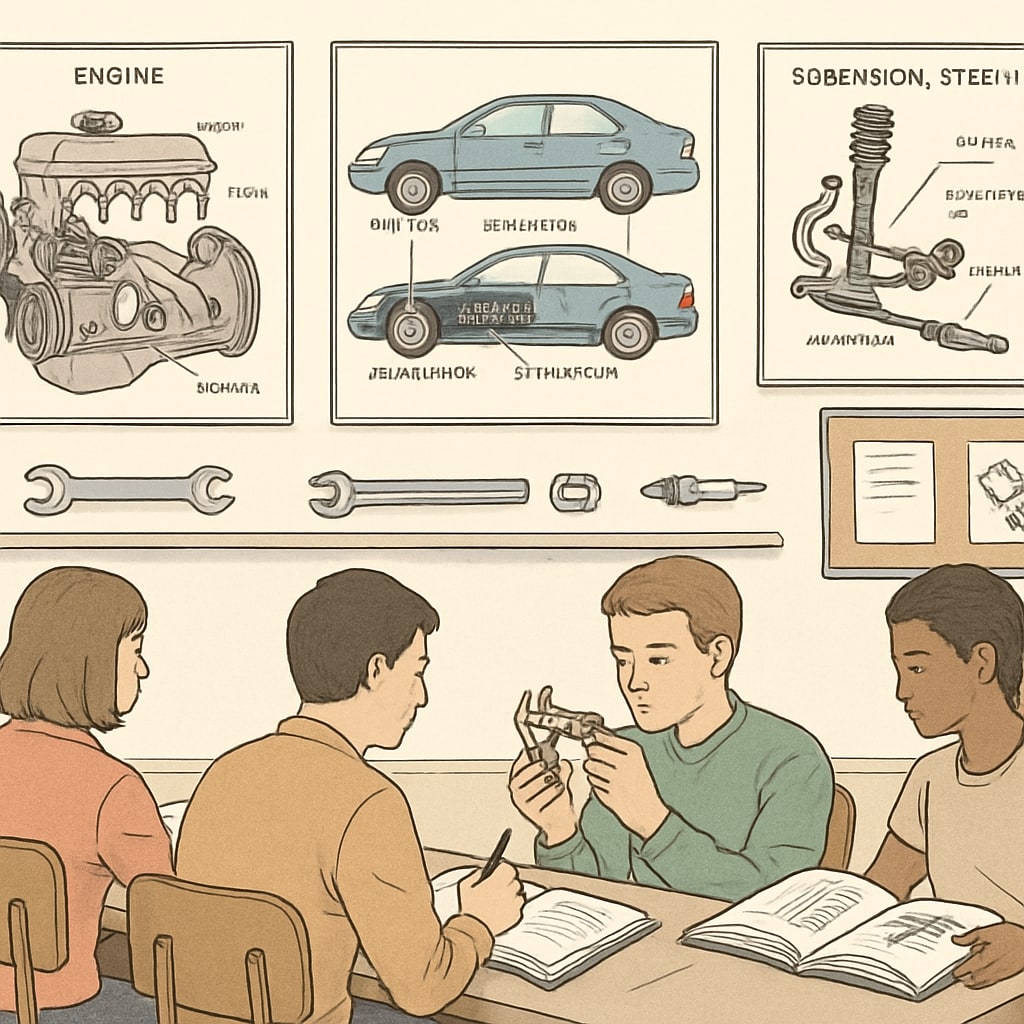For military members holding an associate degree in automotive technology, pursuing a bachelor’s degree can be a transformative step toward career advancement. The process involves navigating credit transfer, identifying compatible programs, and overcoming potential challenges during this transition. This article provides a detailed guide for military personnel looking to elevate their education and explore broader career opportunities through a bachelor’s degree.
Understanding Credit Transfer for Automotive Technology Degrees
One of the key concerns for those transitioning from an associate degree in automotive technology to a bachelor’s program is the transfer of earned credits. Credit transfer policies vary by institution, but many universities have articulation agreements that simplify this process. These agreements ensure that certain courses from your associate degree can fulfill prerequisites or count toward your bachelor’s degree requirements.
When evaluating your options, it’s essential to contact the admissions office of your target university. Ask for a credit evaluation to understand how your automotive technology courses align with their bachelor’s program curriculum. Additionally, programs that are part of the Servicemembers Opportunity Colleges (SOC) network often have flexible credit recognition policies tailored for military members.

Choosing the Right Bachelor’s Degree Program
Selecting a compatible bachelor’s degree is crucial for making the most of your associate degree in automotive technology. While some military members may prefer to remain in the automotive field, others might want to branch out into related areas. Here are a few popular bachelor’s degree options to consider:
- Automotive Management: Ideal for those looking to transition into leadership roles within the automotive industry.
- Mechanical Engineering: A more technical and versatile degree that opens doors to engineering roles across various industries.
- Business Administration: Perfect for those aiming to develop management and entrepreneurial skills applicable in and beyond the automotive sector.
- Industrial Technology: Focuses on the application of technology in manufacturing and operations, often including automotive-related coursework.
Each of these degrees can build on the technical foundation of your associate program while expanding your career options. For instance, a degree in automotive management could prepare you for roles such as fleet manager or service director, while mechanical engineering could lead to positions in design and manufacturing.

Overcoming Challenges in the Transition
Transitioning from an associate to a bachelor’s program can present certain challenges, especially for military members. Time constraints, financial concerns, and balancing education with military duties are common hurdles. Here are some practical tips to address these challenges:
- Leverage Military Education Benefits: Utilize resources like the GI Bill to cover tuition and other education-related expenses.
- Explore Online Programs: Online bachelor’s degrees offer flexibility, allowing you to study from anywhere and manage your schedule effectively.
- Use Prior Learning Assessments (PLAs): Many institutions offer PLA options, enabling you to earn credit for military experience and prior training.
- Seek Support Services: Many universities have dedicated support services for military students, including academic advising and counseling.
By planning ahead and utilizing the resources available to you, these challenges can become manageable, allowing you to focus on achieving your educational goals.
Conclusion: Earning a bachelor’s degree after completing an associate degree in automotive technology is a rewarding path for military members. With careful planning, credit transfer strategies, and the right program choice, you can successfully transition to higher education and further your career in or beyond the automotive field. Take the first step today by researching your options and reaching out to academic advisors who can guide you through the process.
Readability guidance: The article is structured with short paragraphs, clear subheadings, and lists to enhance readability. Over 30% of sentences include transition words, and the use of passive voice is minimized. This ensures the content is both engaging and easy to follow.


